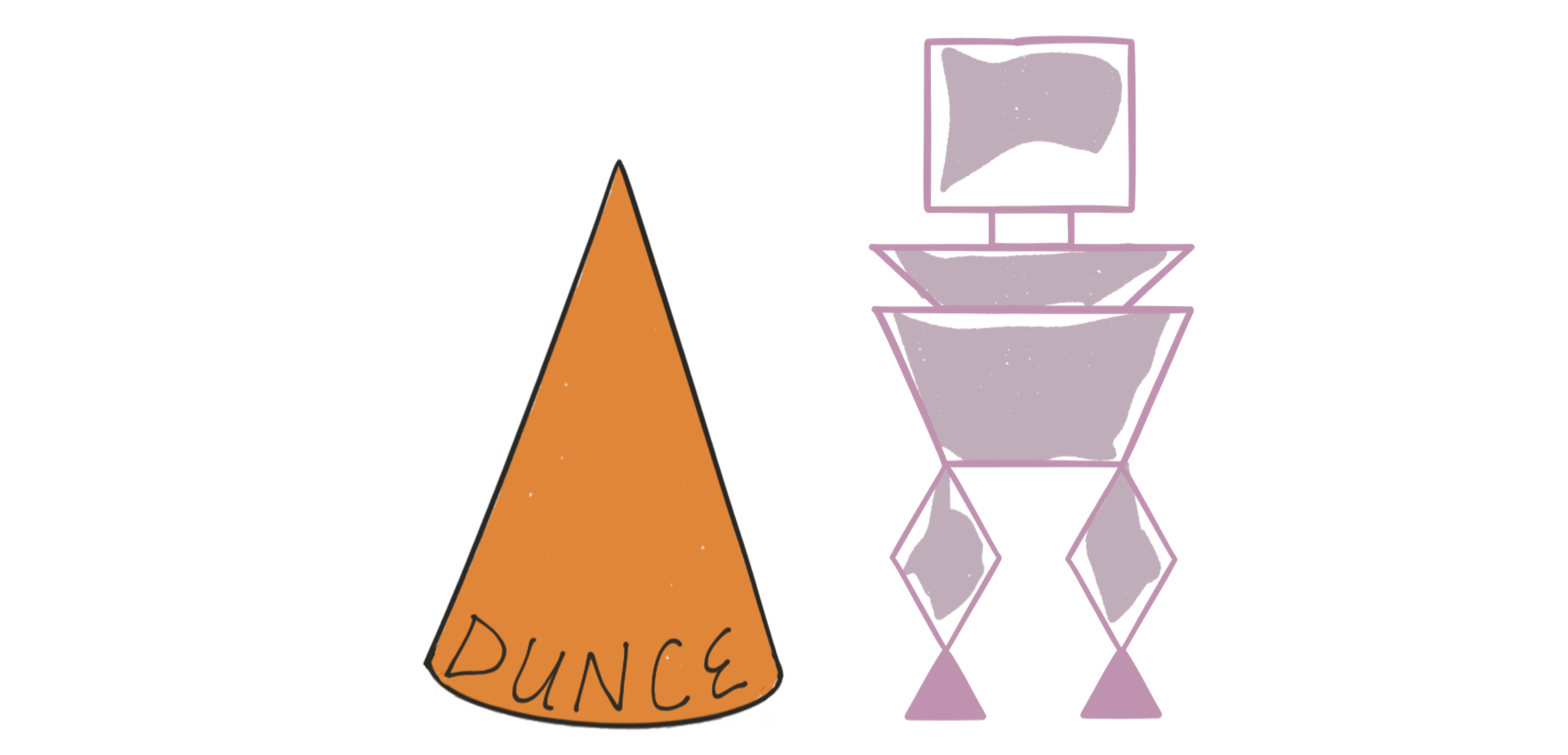AI Side Effect: Scope Creep
I used AI to get a head start. But in the end, I created a monster.
With AI, even the simplest idea can turn into a gothic nightmare.
But we can’t totally blame the AI for this resulting scope creep.
In my case, I prompted the AI with an idea to reduce street cleaning parking tickets and it produced a fairly complete product specification (scroll to top after clicking through).
It was so fast…less than 10 seconds.
Then the scope creep set in.
I read the AI specification and thought of some new user flows and added those.
I considered what backend modules might be necessary (that’s my engineering side coming out). I added in data flows to support the functionality. (I eventually added all these “sections” to my Spec Maker Custom GPT).
Some of these additions are feature creep (perhaps unnecessary); some, just being comprehensive (data needs, design, engineering, go-to-market).
It happened so fast I wondered what else I could add to the specification. What was I missing?
The search for completion drives most of us Product people. So I uploaded the specification to other AIs for refinement. New concepts were again added. Then, more editing.
At this point, the specification was a masterpiece. And I was in love with it. Okay, not romantic love, but professional pride.
Even with my additions, the clock had only ticked off an hour or so.
Looking at the new specification, it was clear this AI-enhanced quest had turned into a massive scope creep journey.
In essence, the AI took care of the basics and I was free to dream bigger and broader.
For example, maybe we could use the iOS dynamic island as a visible countdown when the street cleaning time slot was coming up. I’ve seen this used in time sensitive applications such as the United Airlines app.
Was there a user flow with fewer clicks?
We could add automatic sensing of motion so the phone knows when I’ve gone from driving to walking and then mark that spot as my parking spot. Google Maps does this.
I became my own worst enemy as I grew the scope. With the head start that AI gave me, I had forgotten about my usual process of creating an MVP followed by iteration. I was now attached to the full featured app that I was dreaming up.
Recovering from this idea generation boom has been a tricky process. The basic features seem so basic when I’ve imagined more advanced and user friendly flows. But those require more tech and perhaps more time to create and more testing to ensure success. Are they really necessary?
The AI didn’t give great advice for winnowing the features. Its definition of “MVP” seems too arbitrary in how it cuts down functionality…each rendition not delivering enough value for users (using my “product sense” here).
The “minimal” part of MVP tends to get humans confused as well so it could be that the training data on the Internet is too biased towards minimalism and not enough towards value. And of course, AIs aren’t users and users are the best gauge for value (at this point).
This is where “product sense” comes into play. So for now there’s a role for human PMs in determining the best, initial feature set to start with.
The Product Discovery discipline of prototyping, interviewing and analyzing helps us determine what users value and achieves the business goals.
Even in the Post-Anthropocene AI age (just kidding, it just sounded good), it’s best to check with real customers before building products. I’ll cover how AI helps create prototypes in a future article.
For now, as you develop your “perfect” specification with an AI buddy, don’t just send your magnum opus directly to stakeholders or engineers. Apply your product sense and discovery techniques to create a validated and practical starting point.
The AI-Enhanced Product Manager
Jim coaches Product Management organizations in startups, growth stage companies and Fortune 100s.
He's a Silicon Valley founder with over two decades of experience including an IPO ($450 million) and a buyout ($168 million). These days, he coaches Product leaders and teams to find product-market fit and accelerate growth across a variety of industries and business models.
Jim graduated from Stanford University with a BS in Computer Science and currently lectures at University of California, Berkeley in Product Management.









